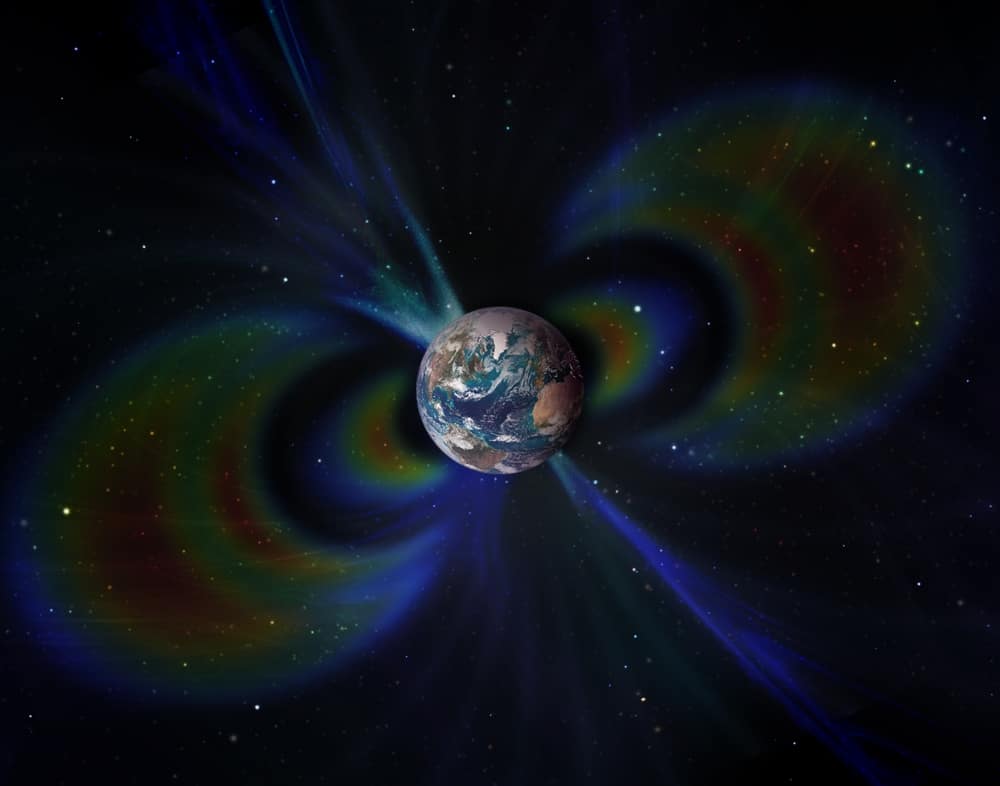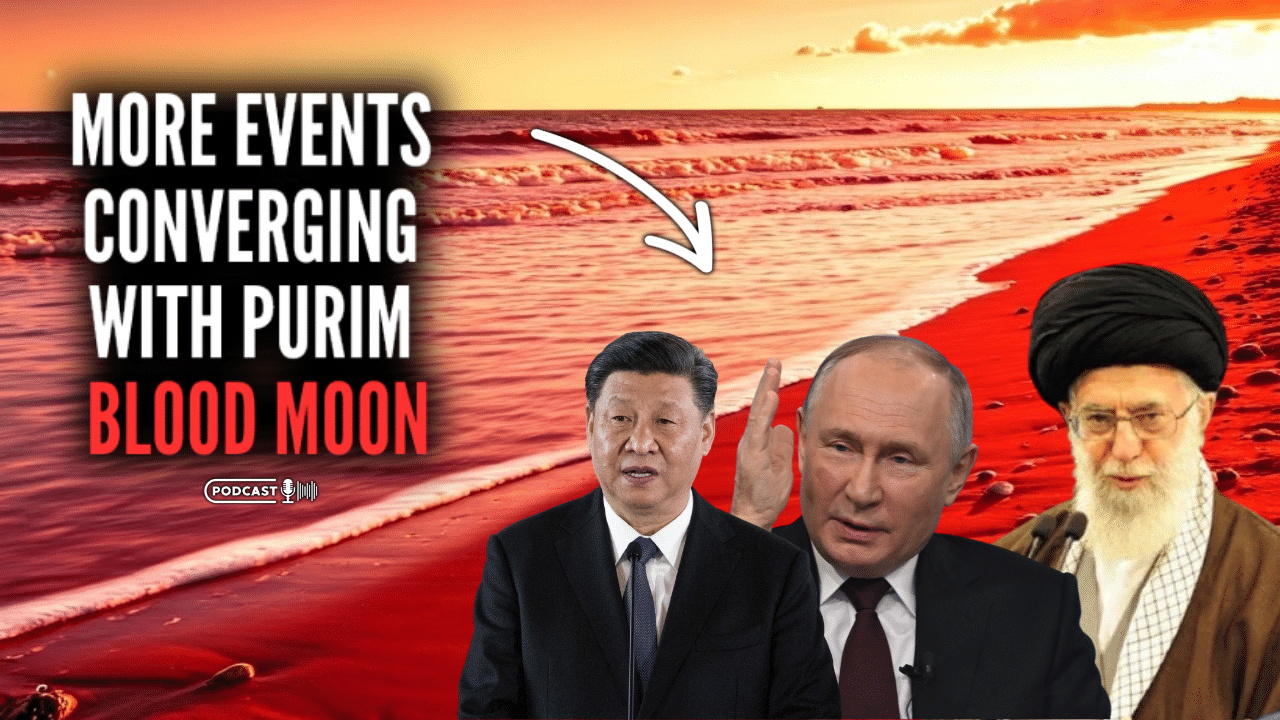Using a “breakthrough” technology based on measuring the magnetic field recorded in burnt bricks, researchers at four Israeli universities have corroborated the occurrence of an event described in the Bible’s Second Book of Kings – the conquest of the Philistine city of Gath by Hazael, King of Aram.
The discovery – achieved by scientists from Tel Aviv University (TAU), the Hebrew University of Jerusalem (HU), Bar-Ilan University (BIU) in Ramat Gan, and Ariel University in Samaria – will make it possible for archaeologists to identify burnt materials discovered in excavations and estimate their firing temperatures.
Applying their method to findings from ancient Gath (Tell es-Safi, located between the cities of Ashkelon and Beit Shemesh in central Israel), the researchers validated the biblical account: “About this time. Hazael King of Aram went up and attacked Gath and captured it. Then he turned to attack Jerusalem” (2 Kings 12, 18).
They explain that, unlike previous methods, the new technique can determine whether an item such as a mud brick underwent firing even at relatively low temperatures, from 200°C and up.
This information can be crucial for correctly interpreting the findings.
The multidisciplinary study was led by Dr. Yoav Vaknin from TAU’s Nadler Institute of Archaeology Entin Faculty of Humanities and HU’s palaeomagnetic lab.
Other contributors included: Prof. Ron Shaar at HU’s Institute of Earth Sciences; Prof. Erez Ben-Yosef and Prof. Oded Lipschits from TAU’s institute; Prof. Aren Maeir from BIU’s Martin (Szusz) Land of Israel studies department; and Dr. Adi Eliyahu Behar from Ariel’s the Land of Israel studies and archaeology department and its chemical sciences department.
“Throughout the Bronze and Iron Ages, the main building material in most parts of the Land of Israel was mud bricks. This cheap and readily available material was used to build walls in most buildings, sometimes on top of stone foundations,” Lipschits explained. “That’s why it’s so important to understand the technology used in making these bricks.”
During the same era, dwellers of other lands like Mesopotamia, where stone was hard to come by, would fire mud bricks in kilns to increase their strength and durability.
The new method relies on measuring the magnetic field recorded and “locked” in the brick as it burned and cooled down. “The clay from which the bricks were made contains millions of ferromagnetic particles – minerals with magnetic properties that behave like so many tiny ‘compasses’ or magnets,” Vaknin explained.
In the second stage of their work, the researchers gradually “erased” the brick’s magnetic field, using a process called thermal demagnetization. This involves heating the brick in a special oven in a palaeomagnetic laboratory that neutralizes the earth’s magnetic field.
The heat releases the magnetic signals, which once again arrange themselves randomly, canceling each other out, and the total magnetic signal becomes weak and loses its orientation.
The researchers tested the technique in the lab; they fired mud bricks under controlled conditions of temperature and magnetic field, measured each brick’s acquired magnetic field and then gradually erased it.
They found that the bricks were completely demagnetized at the temperature at which they had been burned – proving that the method works.
“Our approach enables identifying burning which occurred at much lower temperatures than any other method,” said Vaknin. “Most techniques used for identifying burnt bricks are based on actual changes in the minerals that usually occur at temperatures higher than 500°C – when some minerals are converted into others,” he continued.
In addition, the method can determine the orientation in which the bricks cooled down. “When a brick is fired in a kiln before construction, it records the direction of the earth’s magnetic field at that specific time and place,” said Vaknin. “In Israel, this means north and downward, but when builders take bricks from a kiln and build a wall, they lay them in random orientations, thus randomizing the recorded signals.
On the other hand, when a wall is burned on site, as might happen when it is destroyed by an enemy, the magnetic fields of all bricks are locked in the same orientation,”
After proving the method’s validity, the researchers applied it to a specific archaeological dispute – Was a specific brick structure discovered at Tell es-Safi, which has been identified as the Philistine city of Gath, the home of Goliath – built of pre-fired bricks or burned on location?
The prevalent hypothesis, based on the Bible, historical sources, and Carbon-14 dating, attributes the destruction of the structure to the devastation of Gath by Hazael, King of Aram Damascus, around 830 BCE. But a previous paper by researchers including BIU’s Maeir, who headed the Tell es-Safi excavations, proposed that the building had not burned down but rather collapsed over decades and that the fired bricks found in the structure had been fired in a kiln prior to construction.
If this hypothesis were correct, this would be the earliest instance of brick-firing technology discovered in the Land of Israel.
To settle the dispute, the research team applied the new method to samples from the wall at Tell es-Safi and the collapsed debris found beside it.
The findings were conclusive: The magnetic fields of all bricks and collapsed debris displayed the same orientation – north and downwards. “Our findings signify that the bricks burned and cooled down in-situ, right where they were found, namely in a conflagration in the structure itself, which collapsed within a few hours,” Vaknin declared.








